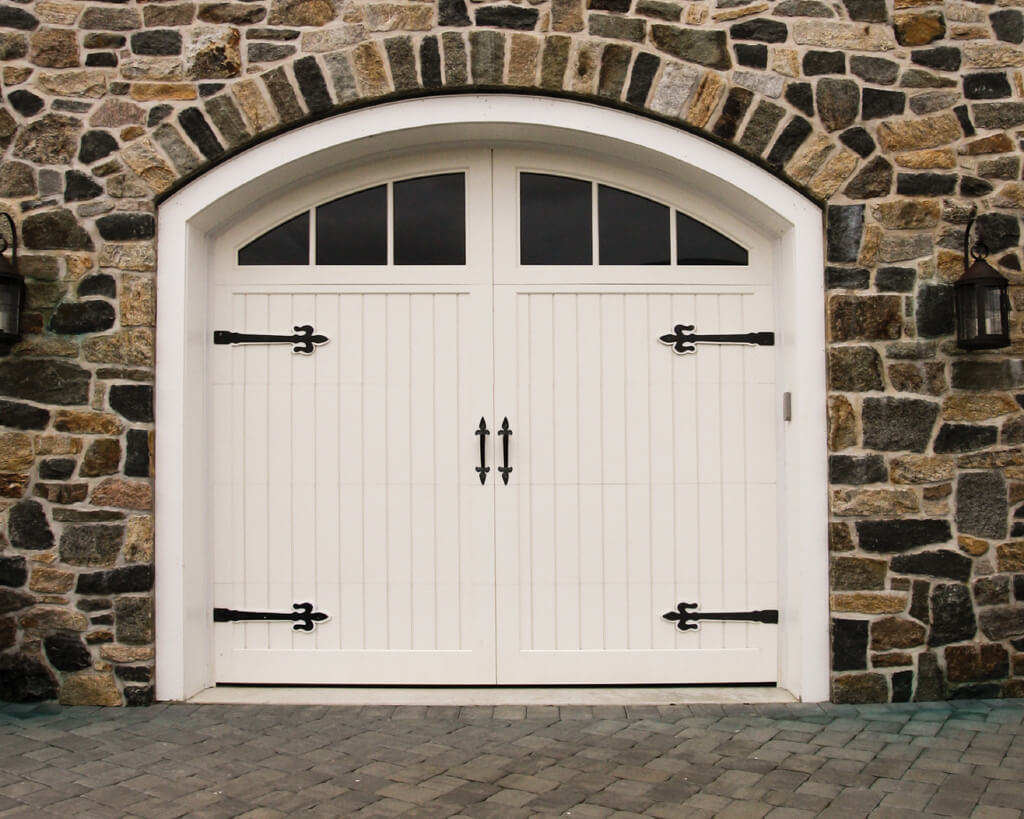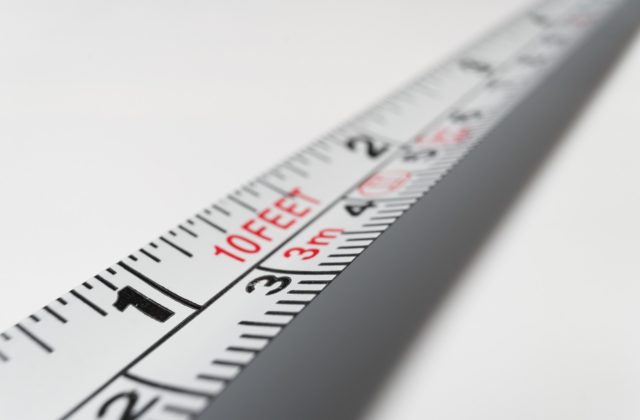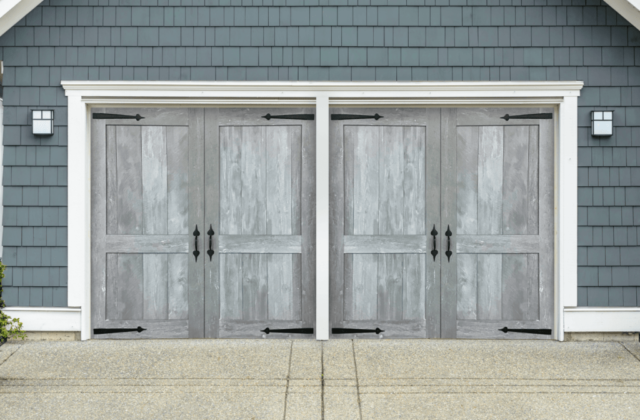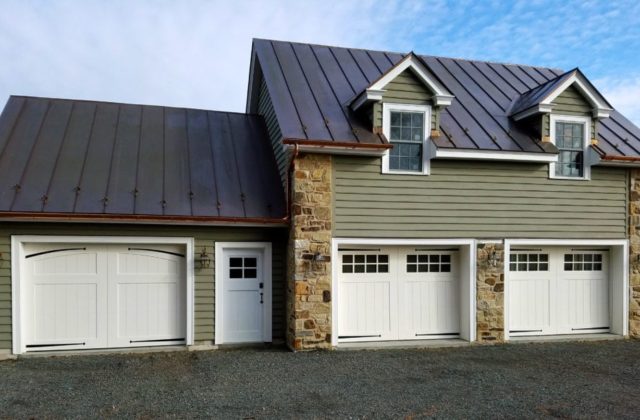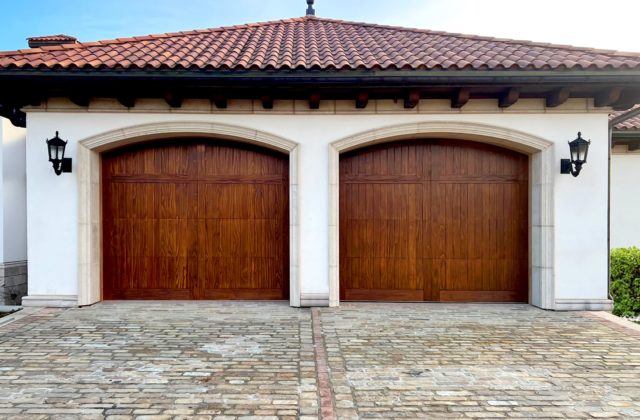Do you know what a garage door panel is? While this vital design element is easy to overlook, it plays a crucial role in the overall appearance of your garage door. In this blog, we’ll examine garage door panel styles, including your design options, information about popular types, and how many panels you’ll need. Let’s start by specifically defining exactly what a garage door panel is.
What Are Garage Door Panels?
Garage door panels are the section of the door located directly beneath the windows. If there are no windows, the panels are the large horizontal or vertical sections that comprise the door. The exact number of panels varies depending on the style and size of the garage door. If you opt for a fully-customized door, it can have as many (or as few) panels as you’d like.
What Are My Garage Door Panel Style Options?
When it comes to panel styles to choose for garage doors, the options are nearly endless. For the purposes of this blog, we’ll focus on Artisan’s wide variety of garage door panel options. Keep in mind that the selections below vary across product lines and aren’t available on every door. Here are our current panel selections:
- Beaded panels (wood or vinyl)
- Beaded tongue and groove panels (wood or vinyl)
- Flat composite wood panels (paint-grade only)
- Flat solid wood panels
- Flat vinyl or urethane panels
- Flush tongue and groove wood panels
- Glass panels in aluminum frames
- Raised composite wood panels (paint-grade only)
- Raised flush tongue and groove solid wood panels (over 12” wide)
- Raised solid wood panels (under 12” wide)
- Raised vinyl panels
- Raised recessed panels (also known as simulated raised panels)
- V-groove panels (wood, urethane, or vinyl)
- V-groove tongue and groove panels (wood, urethane, or vinyl)
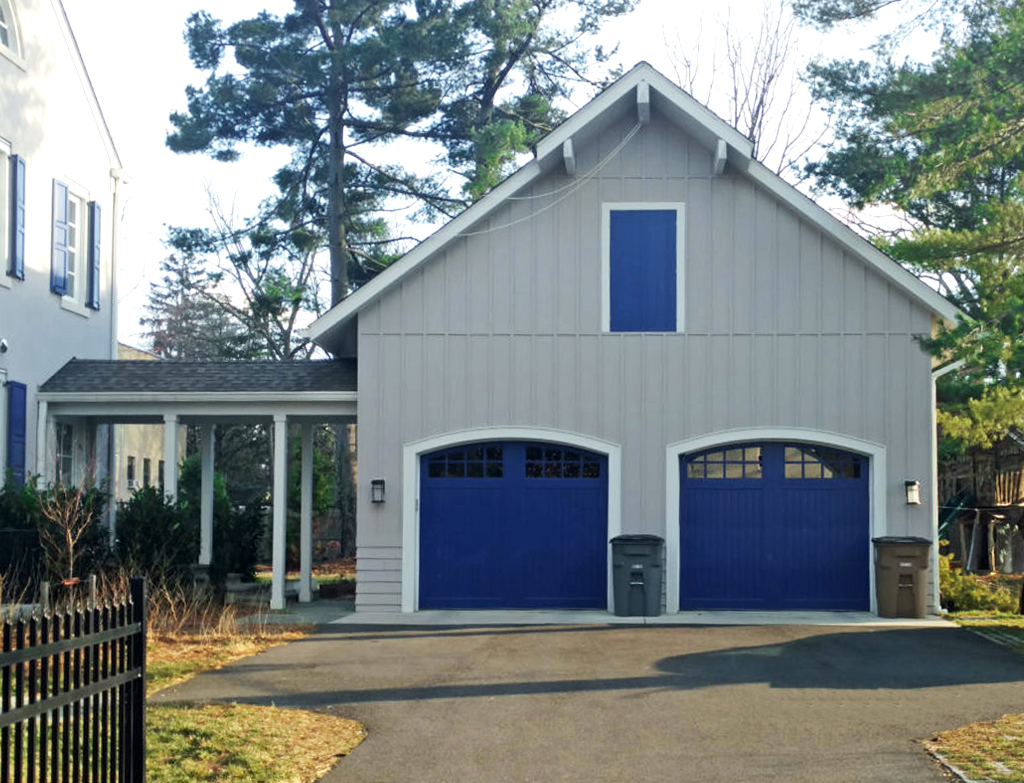
What Are My Garage Door Panel Directional Choices?
There are three main directional options for your garage door panels: vertical, horizontal, or herringbone. The most popular style out there, vertical panels have textures running from top to bottom. Horizontal panel garage doors feature textures running from left to right, and herringbone panels have textures running up and down at a 45-degree angle.
What Should I Know About Popular Garage Door Panel Styles?
When it comes to panel styles to choose for garage doors, there isn’t much holding you back. The most important rule of thumb is to make sure the panels fit the architectural design of your home. Keep reading to learn more about the most common types of garage door panel styles.
Raised Panel Garage Doors
The most popular and versatile style, raised panels offer a clean look that’s perfect for traditional and contemporary homes alike. Raised panels serve as decorative elements and give your door depth and visual interest. Their classy, elegant look also boosts curb appeal and will impress both guests and passersby.
Depending on the configuration of your door, you can choose from short or long raised panels. Short raised panels are placed side-by-side across the door, while long raised panels run its entire length.
Recessed Panel Garage Doors
Rather than being elevated, recessed panels are sunken into the face of the garage door. They’re usually created using overlay methods and come in short, long, and flush varieties. Recessed panels are popular with homeowners who want a more traditional look with a contemporary flare.
Carriage-Style Panel Garage Doors
A central element of carriage house-style garage doors, these panels are more detailed than raised or recessed options. They often feature intricate trim board details that include cross, X-, V-, and Z-bucks, among others. In most cases, carriage house-style panels are finished with attractive decorative accessories, like handles, latches, and ring pulls.
Flush Panel Garage Doors
Perfect for homeowners who want a modern, contemporary look, flush garage door panels are completely flat. They’re a basic, straightforward option that doesn’t draw a lot of attention, allowing your home to be the star of the show. In some cases, flush panels may contain some very light texturing and/or windows, but this isn’t always the case.
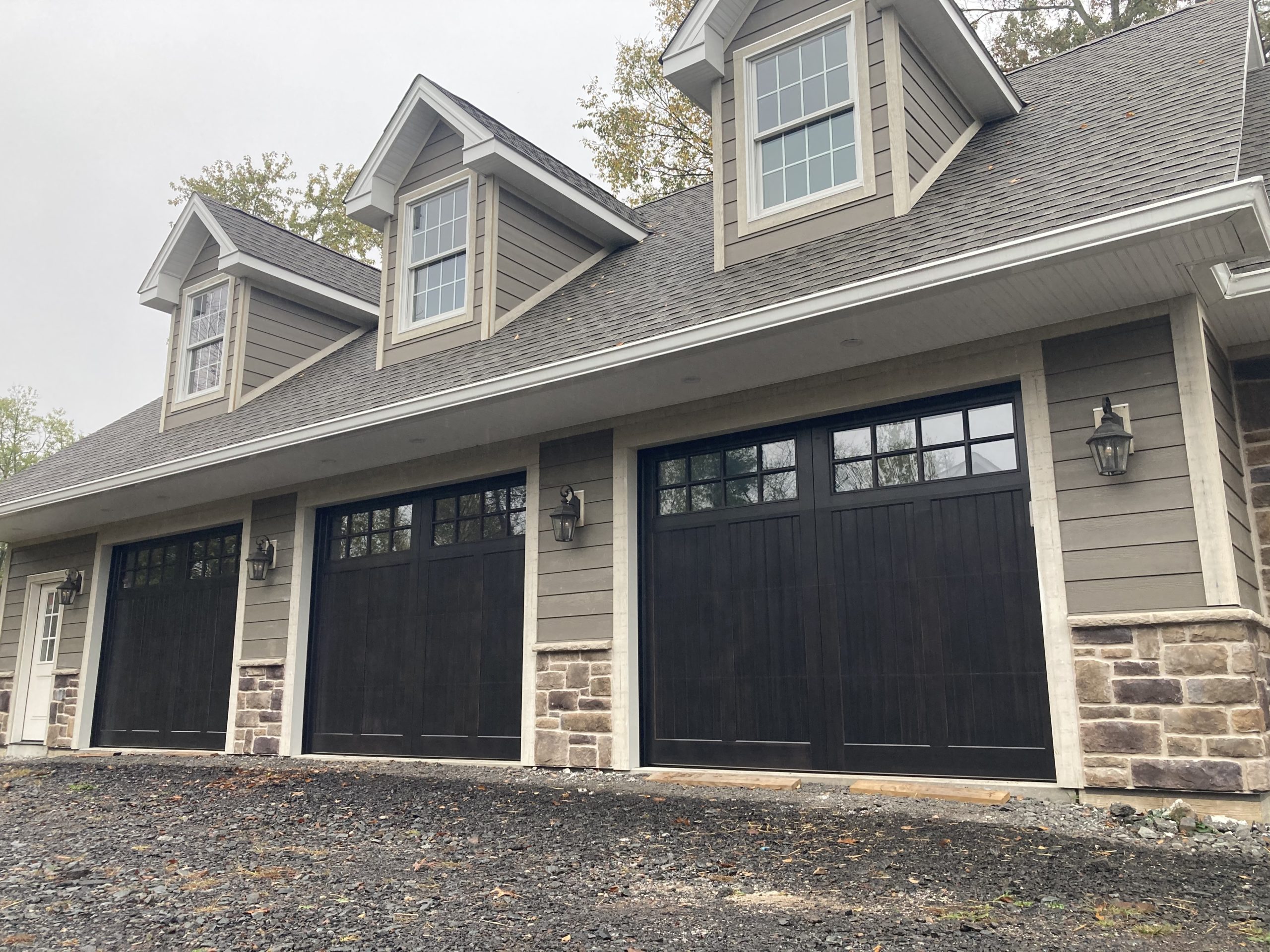
How Many Garage Door Panels Do I Need?
The minimum number of panels you will need is directly influenced by the door’s opening style. Keep in mind that the number of panels won’t increase if you add windows or trim elements to your door. While any door can have narrow panels (rather than long), the number of panels must be a multiple that suits that door’s opening style. Here’s a closer breakdown of what we mean:
- True-swing doors must have panels in multiples of two (2, 4, 6, etc.)
- Trifold doors must have panels in multiples of three (3, 6, 9, etc.)
- Bifold doors must have panels in multiples of four (4, 8, 12, etc.)
When deciding how many panels you want, consider how they will align with the garage door windows (if applicable). While this is a matter of personal preference, it’s key to consider the look of your door as a whole.
